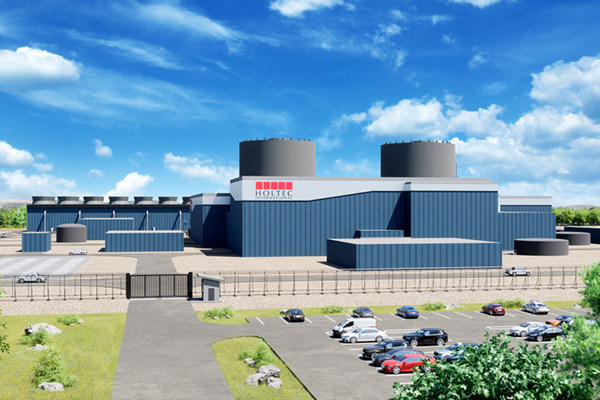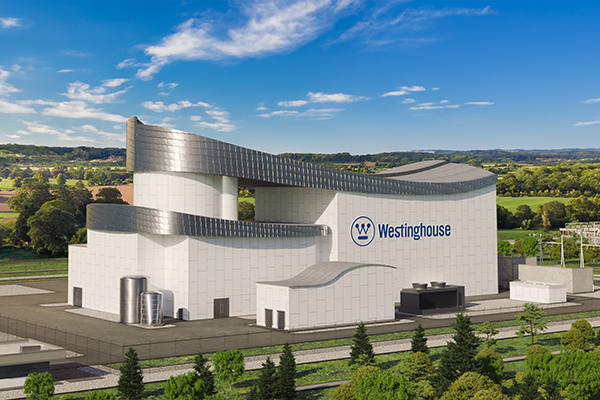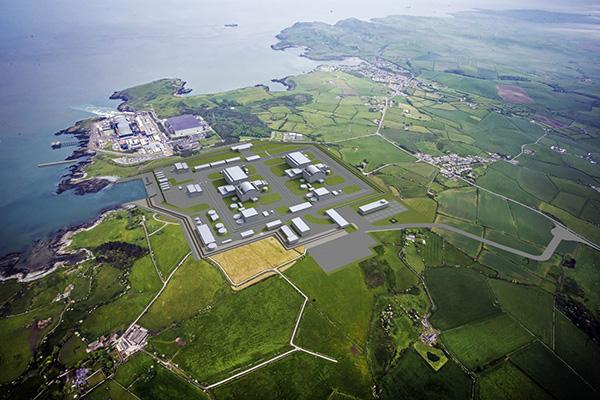In his autumn statement and spending review, chancellor of the exchequer George Osborne announced new funding to develop small modular reactors in the UK. Mike Tynan, Nuclear AMRC chief executive, explores the economic case for SMRs.

There’s been a lot of talk about small modular reactors (SMRs) recently. Proponents say that SMRs present the UK with the opportunity to regain a global lead in reactor technology, while meeting the country’s need for affordable and secure low-carbon electricity.
But why would a small nuclear reactor be any more efficient or economic to build and operate than a reactor 10 or 20 times its size? The answer is that it’s not necessarily more efficient – however, it is much more affordable.
The global reactor vendors have focused on developing and building very large output nuclear reactors. Each has its own branded technology – Areva’s EPR, Westinghouse’s AP1000 and GE’s ESBWR – all varieties of light water reactor generating between 1100 and 1700 megawatt. The premise is the bigger the better, particularly for markets like the UK where nuclear forms part of baseload generation.
The case for economies of scale was partly based on a high initial capital cost followed by 60 years of low operating costs, providing excellent revenue streams with good return on a safe investment. Reality for the large reactors has not proved so simple. Initial capital costs are significantly higher than originally expected, and the cost of financing such a multi-billion pound investment can be prohibitive. This severely impacts the business model for large units – witness the difficulties in attracting investors for Hinkley Point C.
To compare electricity prices between technologies, we need to calculate a levelised cost of electricity (LCOE). The current wholesale price of electricity in the UK is around £45 per megawatt hour, while the agreed price for electricity from the planned new nuclear station at Hinkley Point C is £92.50/MWh. This price is driven, in large part, by the expense of financing the project. Many have argued that this strike price is too expensive, and it is higher than originally expected. However, it is in line with the estimated full cost of new gas generation by 2025 – £85-95/MWh, according to the UK’s independent Committee on Climate Change.
SMR developers claim that their LCOE could be in the region of current electricity market prices, thanks largely to the much lower capital cost. Realistically, I expect that cost to be in the region of £60-75/MWh, but anything lower will be a real bonus. In an assessment of SMRs led by the National Nuclear Laboratory and published in December 2014, the best estimate was in excess of £80/MWh – not hugely different from the strike price for the EPR at Hinkley Point.
So what would make SMRs more affordable than the gigawatt-scale reactors? It all comes down to how we make them. Because SMRs will be built in relatively high volumes in factory conditions, there are a number of very practical steps that would significantly reduce their capital cost. These include modular construction of the reactor unit; modularisation of concrete infrastructure; design for manufacturing; and the use of advanced production processes such as electron beam welding and hot isostatic pressing.
Significantly reducing SMR production costs is eminently achievable – but it’s no less important to ensure a strong route to market at home and abroad, and a UK supply chain that delivers high-value sustainable jobs in the long term. To achieve the best economic value for the UK, technology vendors will need to create UK entities that deliver indigenous intellectual property. It is this issue, rather than the technology itself, that will stir UK government and industry into action on SMRs.
The Nuclear AMRC is working with the principal SMR technology vendors in support of their drive for a UK SMR. We have the technology, expertise and experience to de-risk SMR programmes, support design for manufacturing, develop innovative solutions for SMR manufacture and deliver high-value complex components, large and small. We are also working with the UK civil nuclear supply chain to ensure that UK suppliers can deliver competitive products and services for SMR technology vendors.
- This comment piece first appeared in Nuclear AMRC News 21 (4MB pdf download).






